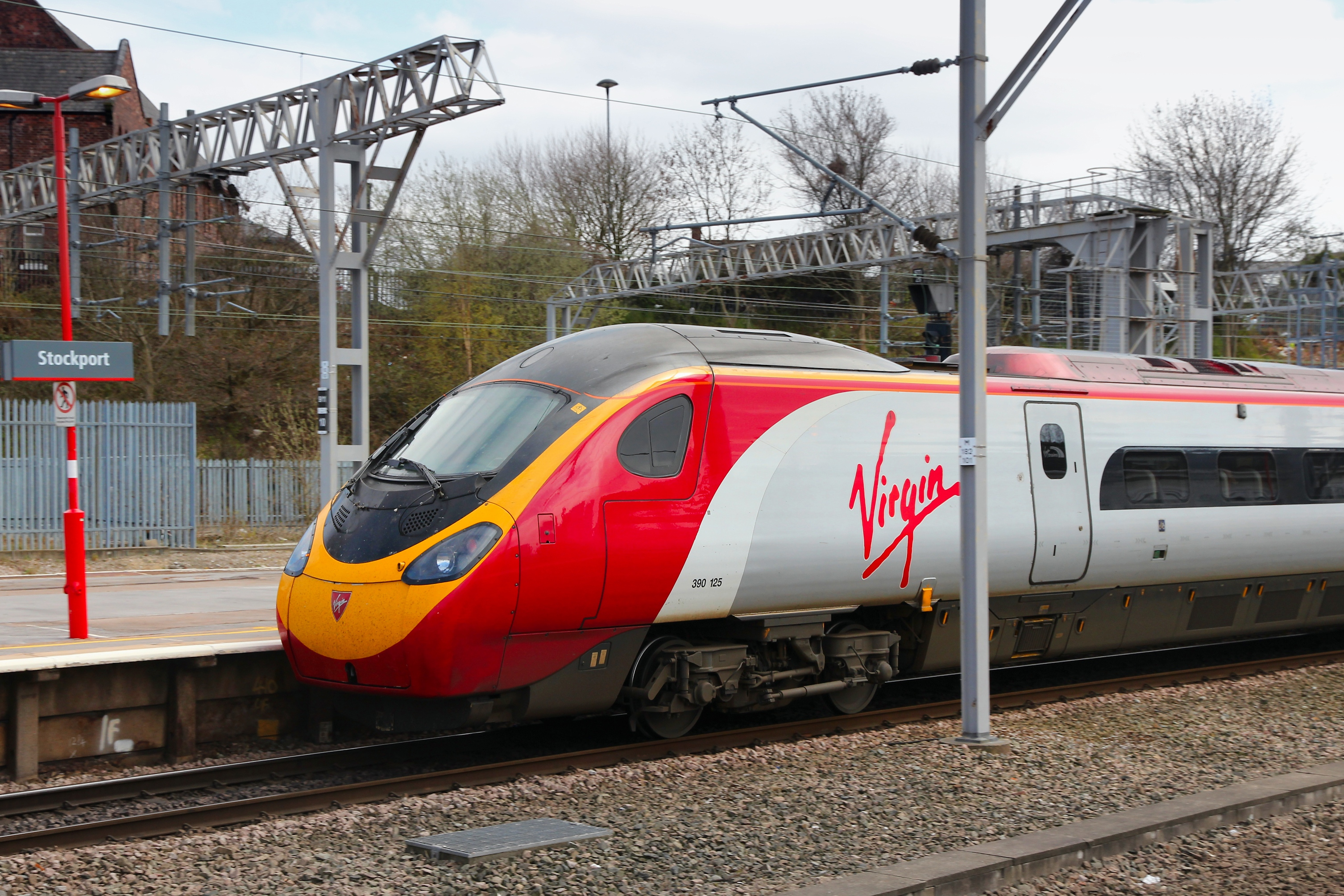
Nearly 2,000 people travel between Glasgow and London every day by Virgin Trains, an increase of almost a third in six years, according to new figures.
In the last financial year, the operator carried 688,026 passengers between Glasgow and London – roughly 1,885 a day and a 29% increase from 2012-13.
Journeys between Edinburgh or Glasgow and Birmingham have also risen by nearly 60,000 from 94,544 to 152,673.
The rail operator has put the figures down to its investment in the west coast route, which is predicted to carry nearly 50 million passenger journeys by 2026 when HS2 is due to open between London and Birmingham.
A new report from the Campaign for Better Transport – Transformation of the West Coast Mainline: How Rail Investment is Benefiting People, the Environment and the Economy – praised the figures.
Chief executive Darren Shirley said: “At a time when rail investment is being questioned because of poorly implemented timetable changes, problems with franchises and over-running and over-budget projects, it is easy to lose sight of the huge benefits which can be achieved.
“Rather than being happy side effects, outcomes such as lower carbon emissions, support for local economies and tackling road congestion should be regarded as a direct consequence of support for the railways.
“The improvements to the west coast mainline were achieved thanks to a partnership of government and industry investment.
“With radical changes to the UK rail system under consideration as part of the Rail Review, this report shows how thinking, collaboration and cooperation can have far reaching and long-term benefits.”
Phil Whittingham, managing director for Virgin Trains, said: “This report offers a useful insight into the scale of this transformation and its wider positive impacts on regional economies and the environment.”

Enjoy the convenience of having The Sunday Post delivered as a digital ePaper straight to your smartphone, tablet or computer.
Subscribe for only £5.49 a month and enjoy all the benefits of the printed paper as a digital replica.
Subscribe